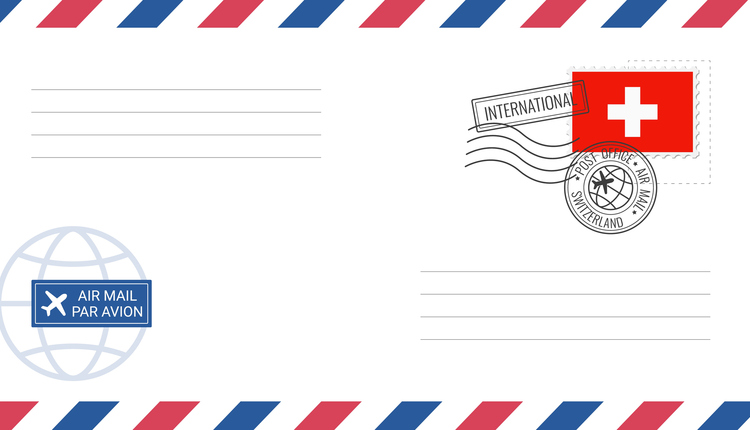An addresses format is defined by where the elements—building number, street name, city, postal code, etc.—are placed within the address block. Each country defines their own address formats. The format of US addresses is not common among the countries of the world. It’s similar to the ones in Canada and Australia. That leaves more than 200 postal destinations with different formats. For most highly developed countries, the address formats are part of well-known, well-developed standardized national address systems for their domestic postal mail. Less developed countries may not have formal or standardized address systems.
International mail sent from the US requires addresses in Latin letters, like those in this article, and the numbers used in English. Some street names in other countries contain Roman numerals; they are allowed. If you collect addresses in other alphabets and scripts, those addresses will need to be transliterated into Latin characters. Transliteration is the process of changing words to another alphabet or script: կարմիր (red in Armenian) = karmir (Armenian, Latin alphabet). Translation is changing words to another language: rouge (French) = red (English) = roja (Spanish). Addresses should not be translated because the translated address will not be understood in the destination country. (Some foreign language addressing is permitted. See the International Mail Manual (IMM), section 122 for details.)
When collecting addresses from other countries, online or printed forms need to accommodate the addresses used in those countries. That includes allowing for longer words and longer names of people, including compound given and family names. For example, Escherheimerlandstraße or Escherheimerlandstrasse (22 or 23 characters), a street in Frankfurt, Germany, is abbreviated Escherheimerlandstr. (20 characters). Hery Martial Rakotoarimanana Rajaonarimampianina (48 characters) is a former president of Madagascar.
Foreign addresses may have additional information that is not used in US addresses. They may include a second street name or a city section or quarter, for example. A few countries specify a region and a district in addition to a town or city. Altogether, up to 10 lines may be required. If mailing to a business, lines for a title and internal delivery information may add to that. The table below gives some indication of the space requirements.
|
| Average number of lines | Maximum lines | Average characters per line | Maximum characters per line |
| World | 5.9 | 10 | 14.8 | 54 |
| Germany | 5.4 | 8 | 15.9 | 30 |
| Mexico | 6.1 | 9 | 18.6 | 30 |
| U.K. | 6.8 | 10 | 11.3 | 40 |
| U.S. | 4.1 | 6 | 18.9 | 30 |
Some basic suggestion for address forms include:
- Use forms that accommodate longer address lines and more address lines.
- Do not limit the state or province to two letters. A full line is sometimes needed.
- Allow the postal code (ZIP Code) to use numbers, letters, spaces, and hyphens.
The last line of the address is the destination country name in English. The IMM has a country index that uses the names accepted by the USPS with some cross-references.
Information on country addresses can be found on the UPU’s web site, www.upu.int. WorldVu LLC publishes the Guide to Worldwide Postal-Code and Address Formats. (Full disclosure: I am the editor of that Guide.)
Merry Law is President of WorldVu LLC and the editor of Guide to Worldwide Postal-Code and Address Formats. She is a member of the UPU’s Addressing Work Group and of the U.S. International Postal and Delivery Services Federal Advisory Committee.
This article originally appeared in the July/August, 2024 issue of Mailing Systems Technology.










